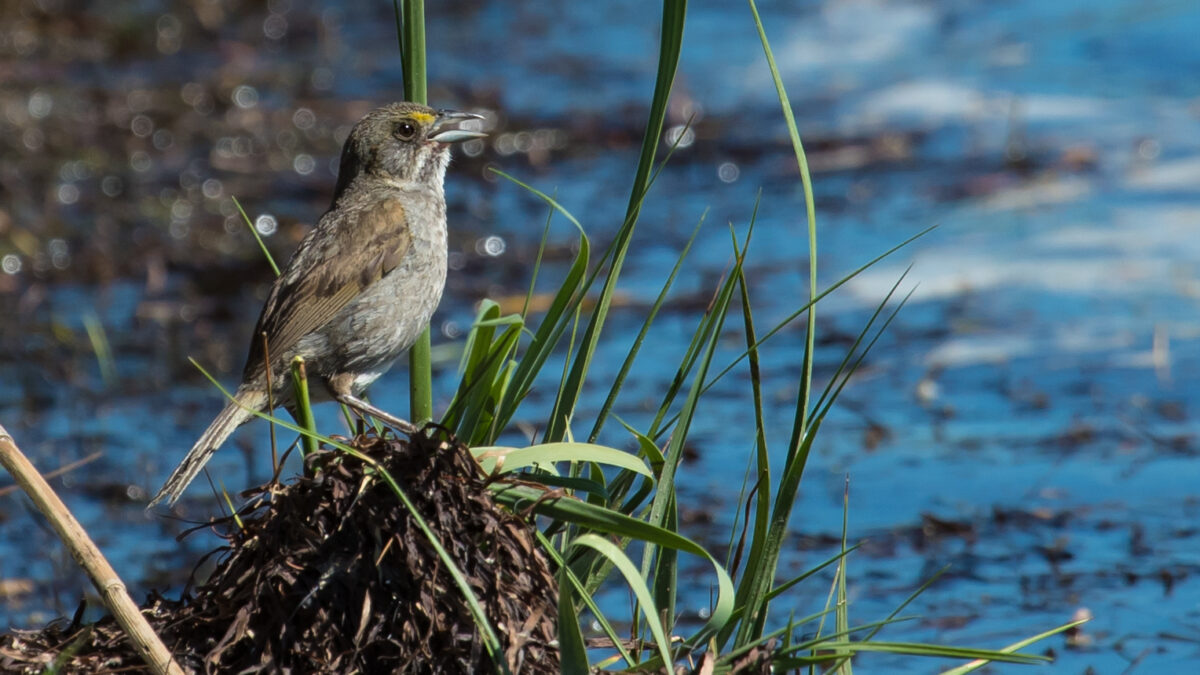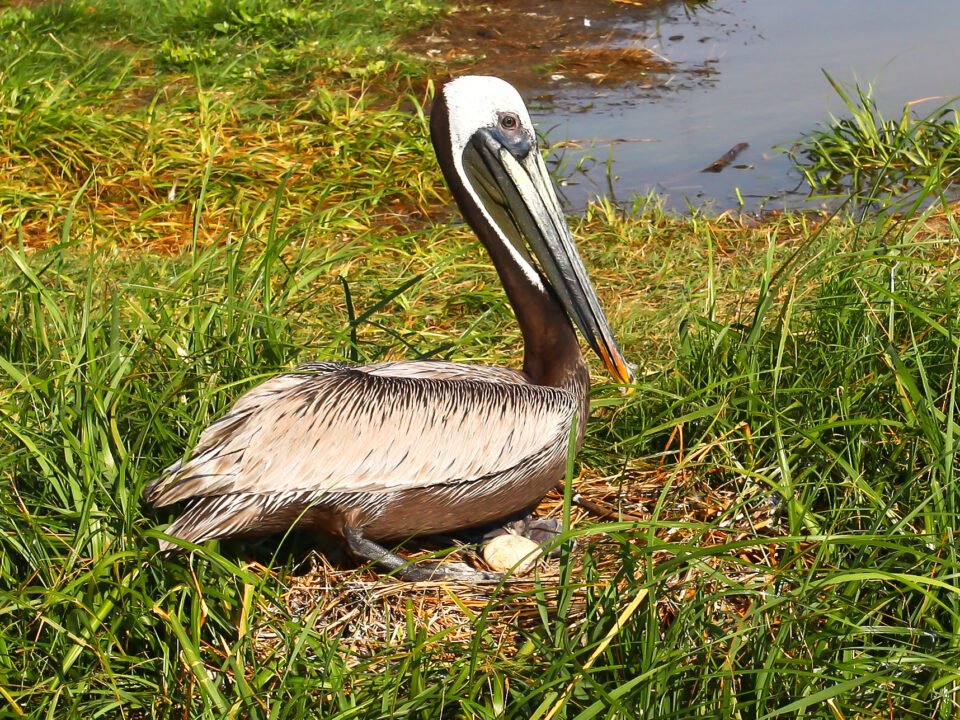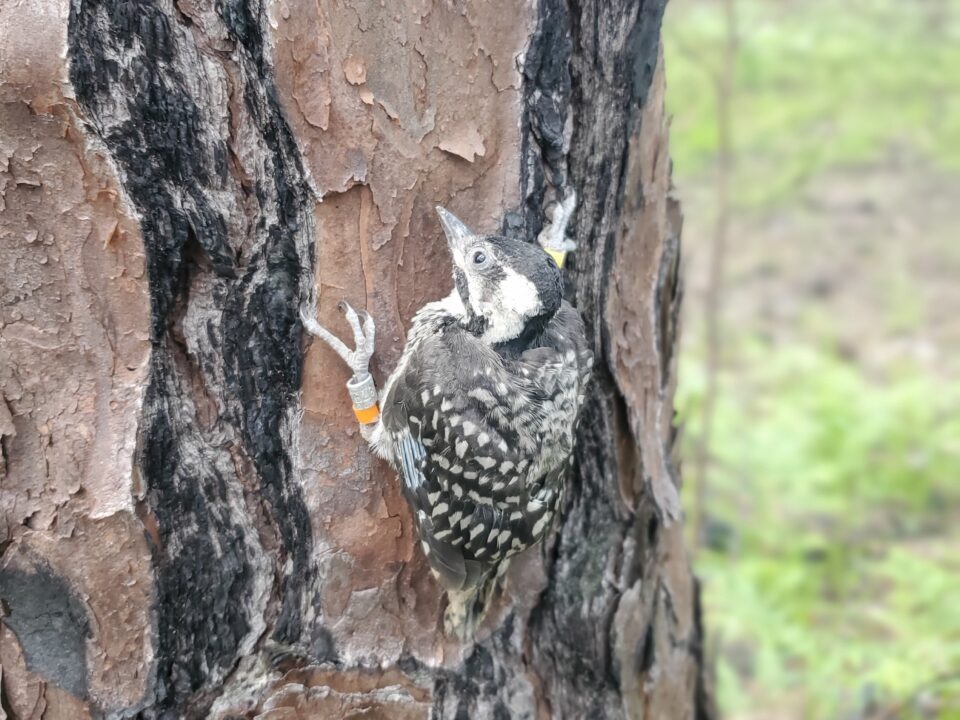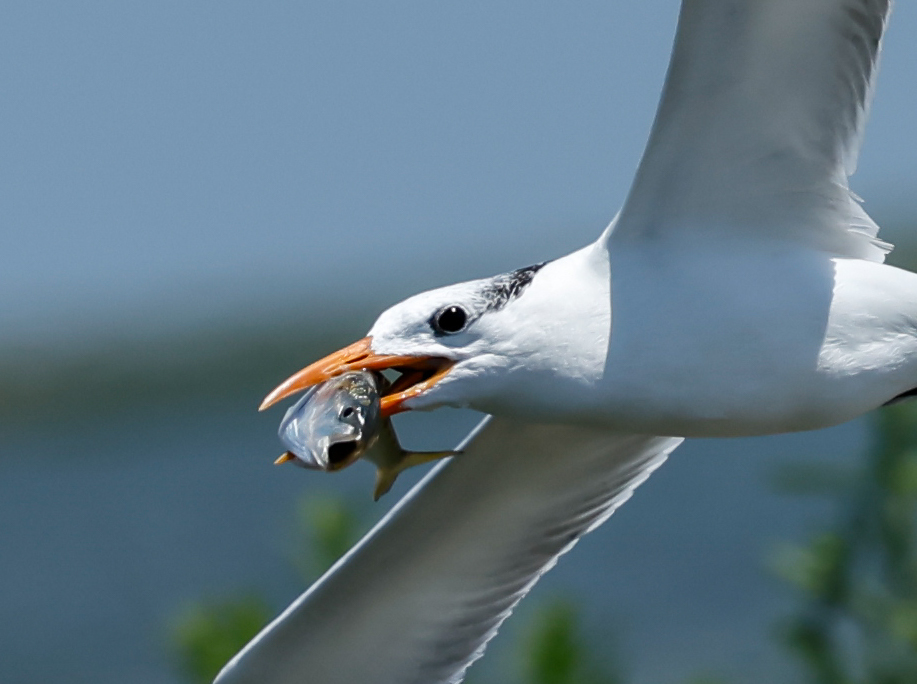Recent Literature published by CCB

Red-cockaded Woodpeckers Hanging on in the Swamp
July 2, 2025
Deficit in breeding performance expands for Chesapeake Bay ospreys
October 1, 2025By: Bryan Watts
6/24/25
In recent months CCB biologists have published several papers in academic journals. These articles report on recent findings and are intended to spread the word to the broader conservation community. Our continuing hope is that our research will initiate positive change.
Decline of salt marsh-nesting birds within the lower Chesapeake Bay (1992-2021).
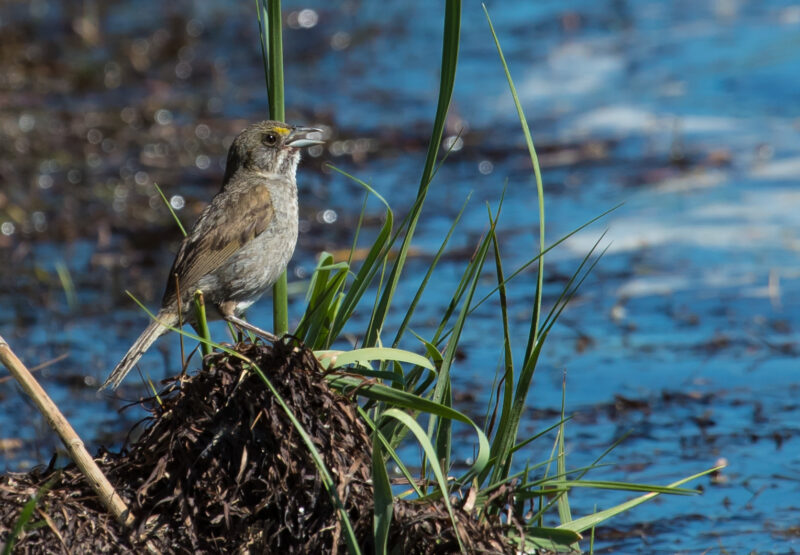
Abstract – Bird species that depend on tidal marshes throughout the world are threatened by ongoing sea-level rise. How species that differ in their level of marsh-dependency may respond to change over time remains unclear. I surveyed a network of patches (N = 186) within tidal salt marshes located in the lower Chesapeake Bay (1992, 2021) for 12 species of breeding birds to evaluate changes in abundance. Marsh-nesting bird abundance declined by 65.7% during the course of the survey interval. Significant declines in abundance were discovered for eight of ten species evaluated with declines in abundance ranging from 34 to 100%. Four species were extirpated or nearly extirpated within focal marshes during the study period. The magnitude of decline was highest for facultative nesting species (84.2%) followed by marsh obligates (81.6%) and salt marsh obligates (44.2%) respectively. Salt marsh obligates have become an increasingly dominant portion of the species assemblage over time reaching 83% of all detections by 2021. This pattern supports the prediction that specialists may persist longer than generalists as habitats are subjected to change. Despite their relative stability, salt marsh obligates are of high conservation concern over the longer term due to their specialization on a habitat that is currently experiencing rapid disruption. Even though this study did not evaluate the causes of population decline, results are aligned with other recent work within other regions that have implicated ongoing sea-level rise and nest predation.
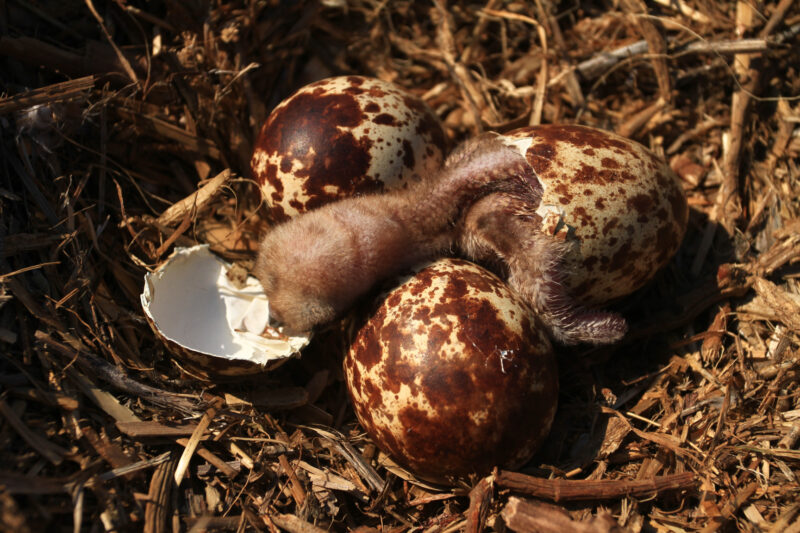
Abstract – Latour et al. (2024) published a commentary on “Demographic response of osprey within the lower Chesapeake Bay to fluctuations in menhaden stock (Watts et al. 2024).” The paper presents more than four decades of osprey (Pandion haliaetus) breeding performance data within a subestuary of the Chesapeake Bay showing trends in breeding success, brood size, reproductive rates, provisioning rates and Atlantic menhaden (Brevoortia tyrannus) delivery rates. During the study period the population transitions from a demographic surplus to a demographic deficit. Latour et al. (2024) raise concerns about the statistical methodology used to assess the relationship between reproductive rates and a coast-wide menhaden index and question the use of the index on a local scale. While we agree with some comments concerning methodology, a reanalysis results in no changes to the original findings. We disagree with other comments and collectively they do not alter the conclusions. We address these points below.
Design of a monitoring program to advance nightjar conservation along the Atlantic Flyway.
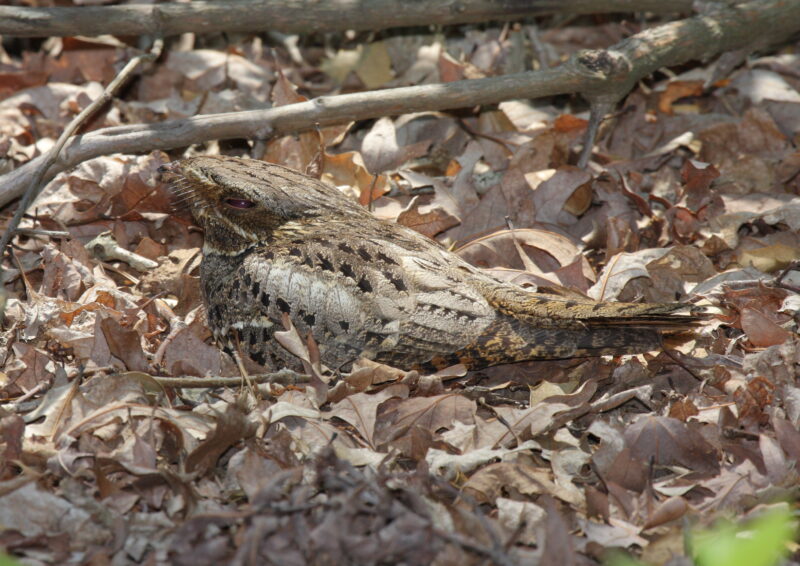
Abstract – Survey data on species in the nightjar family (Caprimulgidae) suggest declines in population abundance across their range. State and federal migratory bird managers identified the need to monitor the status of nightjars including common nighthawk (Chordeiles minor), chuck‐will’s widow (Antrostomus carolinensis), and eastern whip‐poor‐will (A. vociferus) in the United States (U.S.) portion of the Atlantic Flyway as a high priority need. Previous research has determined the appropriate conditions for nightjar‐specific survey efforts, resulting in similar survey designs used in a nightjar survey network (NJN). Each species is also detected as part of the U.S. Geological Survey’s Breeding Bird Survey (BBS), though this survey is not optimized for crepuscular species such as nightjars. Our objectives were to 1) examine differences in estimates of occupancy at the flyway scale derived from the NJN and BBS, 2) evaluate the probability of accurately classifying species status as a function of the number of survey routes, and 3) develop a spatial allocation of survey routes to permit accurate inference to the population. We did not find support for a negative effect of year on occupancy for any of the nightjar species using the nightjar‐specific survey data, but we found support for declines in occupancy for all 3 nightjars using the BBS data. We found all tested sample sizes (i.e., number of routes) within the Atlantic Flyway were sufficient to correctly classify increasing and declining population trends, but none could detect a slight trend. Nearly 70% of randomly distributed routes within the flyway had existing nightjar survey routes within 20 miles and >90% had existing BBS routes within 20 miles. The presence of road‐based surveys near random points allows managers to meet 2 goals: to conduct a statistically sound survey that provides information on population trends and to provide volunteer surveyors known routes to complete survey effort. We encourage development and implementation of a nightjar‐specific survey consisting of 300 randomly chosen routes in the U.S. portion of the Atlantic Flyway to monitor the status of the nightjar populations and inform management efforts. Periodic review and revision of field methodology should be made to ensure the survey is meeting stated objectives.
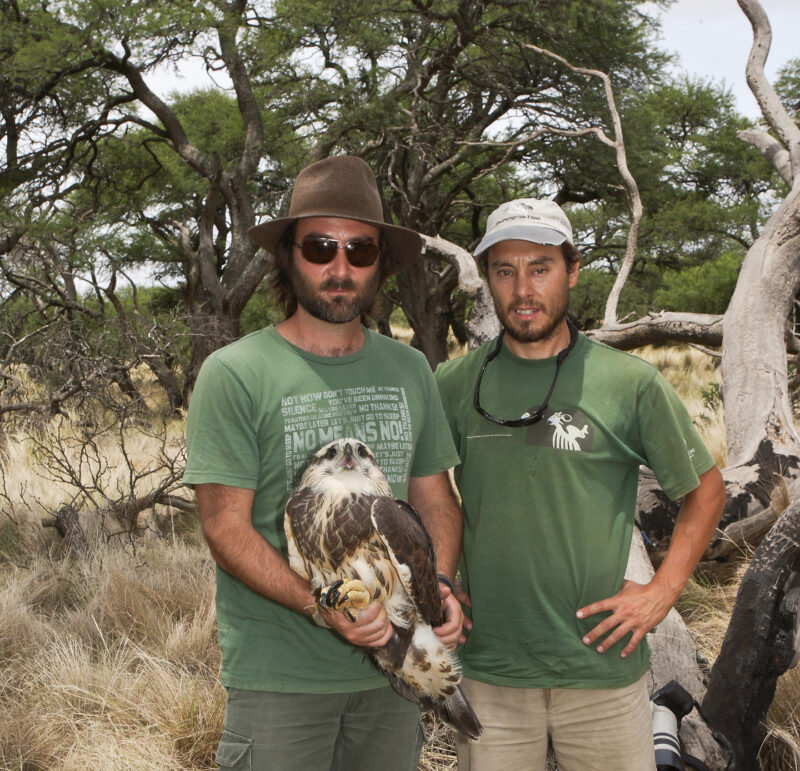
Abstract – Background In birds, the onset of dispersal is the transition point between the end of the post fledging dependence period (PFDP) and the beginning of natal dispersal. Identifying this key moment in an individual’s life cycle is crucial for understanding the ecology and demography of a species, but its determination remains a challenge. Some methodologies used to estimate it usually yield biased outcomes, while others are based on adult ranging areas and require previous knowledge on the species’ movement patterns, precluding their use in little-known species. Additionally, the proposed methods have never been compared with data on family breakup timing. Thus, creating a standardized methodology, not based on species-specific information and with a reliable reference, to estimate the onset of dispersal for its use on a wider array of birds is key to optimizing research on rare and/or elusive species.
Methods We used unique GPS data from parent Chaco eagles (Buteogallus coronatus), a large, territorial, and endangered species, with their corresponding fledglings during the PFDP as a reference against which to evaluate (1) the existing methodologies in the literature; (2) modified methods based on previous ones; and (3) new methods related to changes and overlap values in the ranging areas of young individuals. To quantitatively assess which method best matched the reference values, we calculated the mean deviation and bias on an individual basis, also accounting for the interindividual coefficient of variation.
Results Most previously published methods assign the onset of dispersal prematurely, probably because they are sensitive to exploratory or foraging movements that young individuals perform prior to dispersal. The modified methods, although more accurate, still provided biased estimates. However, the new methods we propose provided estimates of the onset of dispersal with increased accuracy and low interindividual variability.
Conclusions The new methods proposed (1) provide the most accurate estimates of the onset of dispersal; (2) are standardized, so they can be used for a wide range of bird species; (3) do not require previous knowledge of adult movement patterns; and (4) are very useful for most bird research studies that tag fledglings with GPS transmitters.
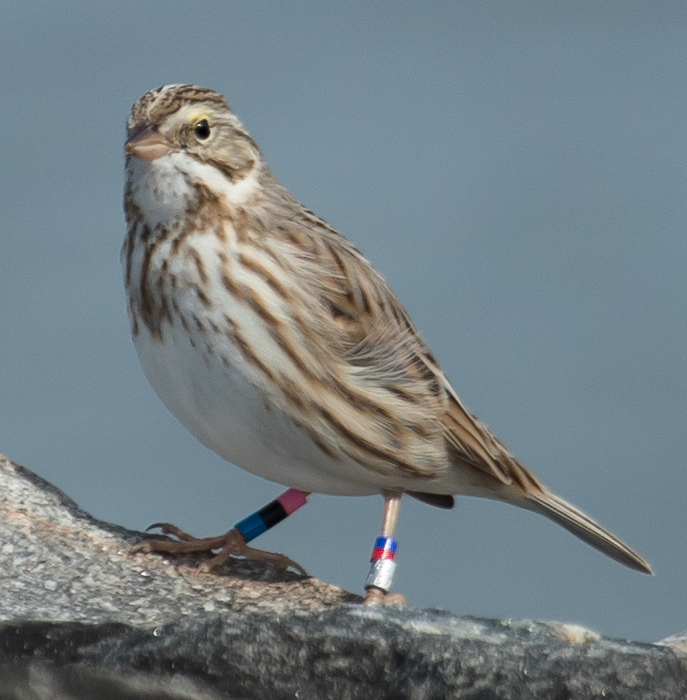
Abstract – Habitat segregation is a common phenomenon among migratory songbirds during the non-breeding periods of their life cycles, and conservation practices that fail to account for sex or age-based segregation can be ineffective. We evaluated whether segregation occurred among wintering Passerculus sandwichensis princeps (Ipswich Sparrow) latitudinally by capturing birds throughout their winter range and at the patch level by radio-tracking a subset of Ipswich Sparrows on Assateague Island, MD. While sex and age ratios remained similar throughout their winter range, habitat use varied among tracked individuals. The majority of tracked Sparrows were found in areas where both grass and forb cover were available, yet males tended to inhabit locations with additional shrub cover and exhibited larger estimated home ranges than females (mean 50% minimum convex polygon = 2.36 for males vs 0.77 ha for females). Males and adults were more likely to be observed in fore dunes than females and juveniles, which were more likely to be observed in secondary dunes than adults. Distance between the active beach and the nearest vegetated dune influenced seed availability and bird use. Juveniles were located furthest inland where the plants Diodia teres (Poor Joe), Oenothera humifusa (Seabeach Evening Primrose), and Cenchrus tribuloides (Dune Sandbur) were most common. Adults were located nearer the vegetated dune edge, as were the plants Ammophila breviligulata (American Beachgrass), Solidago sempervirens (Seaside Goldenrod), and Panicum amarum (Bitter Panicum). Beach plantings conducted as part of dune-restoration efforts have often been restricted to American Beachgrass, but we suggest incorporating a wider variety of plants to improve habitat for all Ipswich Sparrow age and sex classes.
Status and distribution of colonial waterbirds in coastal Virginia: 2023 breeding season.
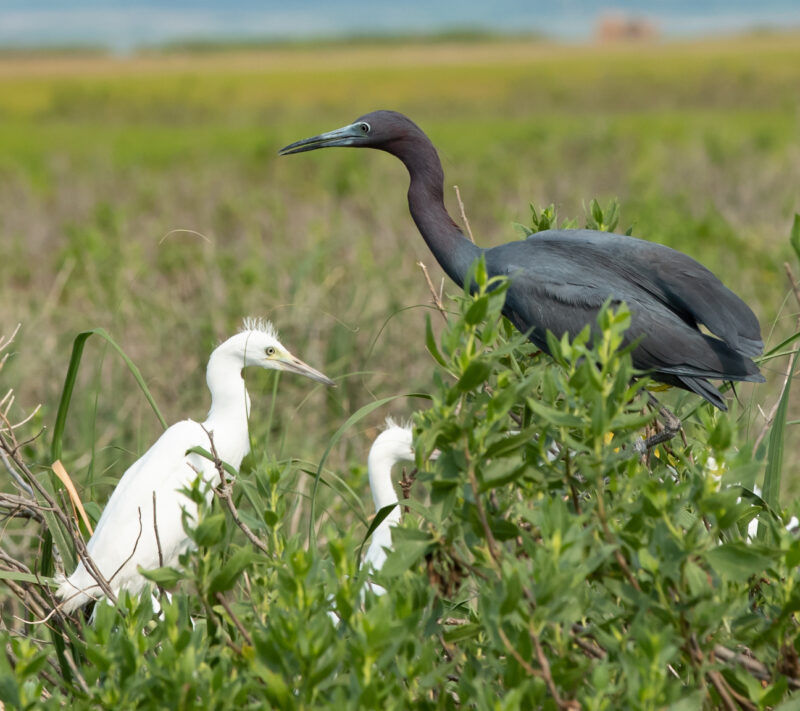
Abstract – Colonial waterbirds are highly visible components ofour coastal avifauna and represent important ecologicalsentinels. We surveyed 297 waterbird colonies during thebreeding season of 2023. Colonies supported an estimated40,944 breeding pairs of 23 species. Gulls were the mostabundant group with more than 15,000 breeding pairs.Terns and wading birds (herons, egrets and ibis) accountedfor 12,202 and 6,398 pairs respectively. Although they havedeclined dramatically, Laughing Gulls (Larus atricilla)continue to be the most abundant species. The SeasideRegion which encompasses the barrier island/lagoonsystem of the Eastern Shore was the most important regionfor the majority of colonial species encountered. In 2023,this region supported 22 of the 23 species evaluated. TheEastern Shore seaside accounted for 61% and 43% of allbreeding pairs and colonies respectively. For 15 of the 23species, the region supported more than 50% of the knowncoastal population. Aside from the fact that the 2023 surveydid not include Great Blue Herons (Ardea herodias) or allGreat Egrets (Casmerodius albus), the colonial waterbirdcommunity as a whole in coastal Virginia has declineddramatically since 1993. Population estimates for 14 (64%)of the 22 species assessed declined between 1993 and 2018.Declines varied considerably between species with 11species declining more than 40% and 9 species decliningmore than 60%. Eight species increased between 1993 and2023. Two major forces appear to be shaping the colonialwaterbird community in Virginia. These include: 1) regionalshifts in population centers that are driving populationincreases in Virginia and 2) habitat degradation related tosea-level rise.
Effects of geography on the migration phenology of the Blackpoll Warbler in coastal Virginia.
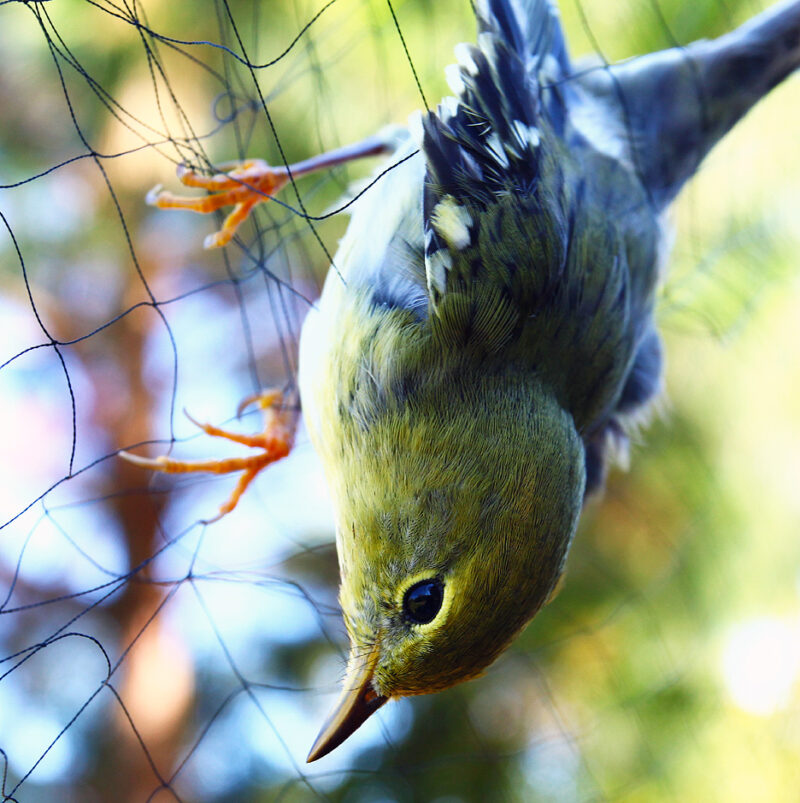
Abstract – For migrant birds, the timing of spring staging events andultimate arrival on the breeding grounds has an influence onbreeding performance. Advancement toward the breedinggrounds is thought to reflect resource availability and istypically measured as south to north progress in NorthAmerica. In coastal areas local patterns may also reflect east to west variation in resource availability since the ocean has a moderating influence on climate. During the spring of 2000, we investigated east to west variation in migration phenology in the Blackpoll Warbler (Setophaga striata). We used nine 30-ha spot-mapping grids to measure migration phenology in the Coastal Plain of Virginia including three replicates within the outer, middle and inner Coastal Plains. Migration was nearly confined to the month of May with more than 90% of birds observed between 5 and 20 May. Collectively, migration peaked in mid-May with a studywide average of 4.6 birds/10 ha. Migration phenology exhibited a significant shift from east to west with numbers peaking in the outer Coastal Plain on 7 May, the middle Coastal Plain on 14 May and inner Coastal Plain on 17 May. Blackpoll Warblers appear to be capable of responding to the steep climate gradient across the Coastal Plain and to take advantage of early warming. Birds that stage on the outer coastal plain may be able to gain a competitive advantage. By migrating earlier these birds may arrive earlier on the breeding grounds or may achieve breeding readiness at an earlier date.

